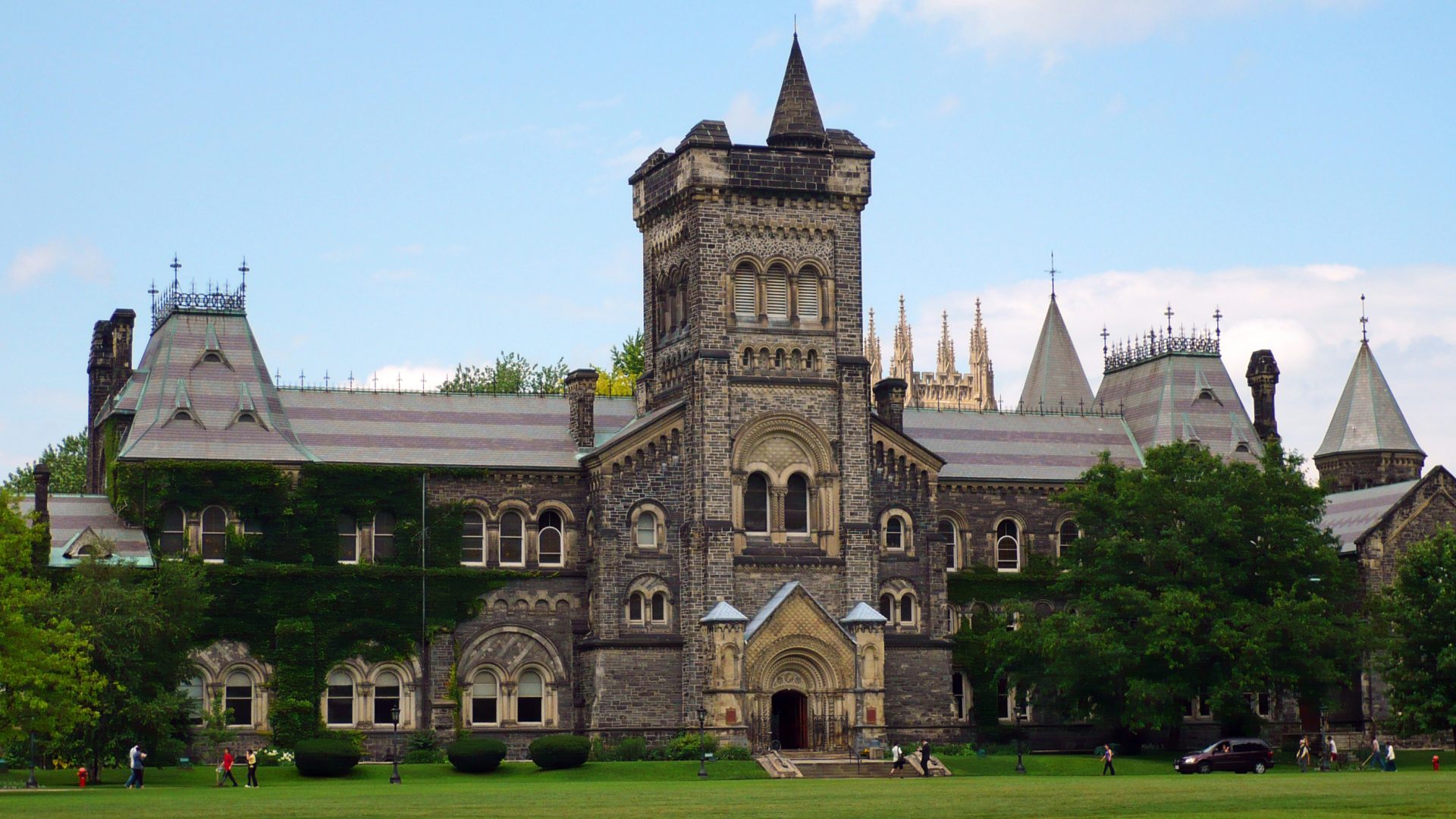
Students are mobilizing at the University of Toronto following the suicide of Keshav Mayya, the fifth student suicide on campus since 2018, amid years of underfunded student services and rising tuition.
The death of Mayya, a first year student, was met with a token statement by the university administration. The University claimed that they are doing everything possible to address the crisis. Reporting on the suicide, New College administration reiterated: “The University offers mental health supports and assistance to students, staff and faculty at this difficult time, made more challenging by the pandemic.” But, as this tragic death has again made exceedingly clear, the “mental health supports and assistance” offered by the administration are nowhere near sufficient.
U of T spent $3 million dollars on increased mental health funding—pennies when compared to the university’s $2.5 billion endowment and about equal to the salaries of just four of its administrators.
The university’s mental health coverage provided under the U of T Students’ Union is capped at a total of 15 therapy sessions per year and only covers up to $100 per session. This is on top of waiting lists which can run three weeks for an initial assessment. One statement describes these services as “inadequate” and “appalling.”
The same administrators who underfund mental health supports oversee security and leave of absence policies that further harm vulnerable students. The university’s mandated leave of absence policy, which the administration pushed through in 2018, discourages students from seeking the meagre counseling services that are available, under threat of effective suspension. The policy states that students may be removed from class if “their mental health either poses a risk of harm to themselves or others, or if it negatively impacts their studies.” For some students who rely on OSAP and student loans, a mandated leave of absence is the equivalent of financial ruin.
There have also been several reported instances where students seeking mental health support have been handcuffed by campus police. In response, the administration only clarified that students in crisis can be handcuffed if the student is a risk to themselves or others. The administration has failed to address underlying demands to remove police from campus.
These issues have sparked student protests since 2018, culminating in Oct. 2019 with about 100 students occupying Simcoe Hall, where President Meric Gertler’s office sits.
In light of the most recent suicide, 200 students attended an emergency planning meeting on Nov. 6 called by the Mental Health Policy Council (MHPC) in an attempt to focus student action. The MHPC is a student-led committee which advocates for mental-health related reforms on campus. Speakers from the MHPC and other student groups put forward demands around the mandated leave of absence policies, insufficient mental health coverage, forced evictions of suicidal students from student housing, and campus policing.
The MHPC and the student movement formed around this issue should link their struggle up with CUPE 3902, the trade union on campus for educational workers. Together, they can fight for unionized and accessible mental health treatment for all on campus. This crisis is rooted in class. Students without access to housing and a basic standard of living are more likely to find themselves in crisis.
As Socialist Revolution writes in their article on the campus mental health crisis, “Unless we tackle the social problems facing the student body as a whole, [the administration’s solutions] can never be more than a Band-Aid on a stab wound.” U of T students face ever-rising tuition costs (even in the face of a switch to online learning), some of the highest costs of living in the country, and the prospect of entering the job market during one of capitalism’s worst crises. Student stress and mental illness is part and parcel of a system run for profit rather than need.
We must demand the University waive tuition fees of students in crisis to ameliorate the economic determinants of mental illness. Only by fighting for free education can the mental health crisis be addressed at its root. Students also need housing geared to income. Students cannot be expected to maintain school performance and address their mental health crises if they are paying more than 30 per cent of their income towards housing. Students need access to totally free counseling services within the week of a student’s request. Only through material treatment of the socio-economic factors driving students into mental illness can this crisis be addressed.

